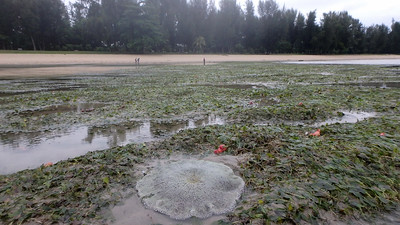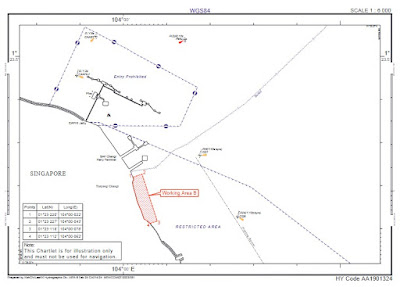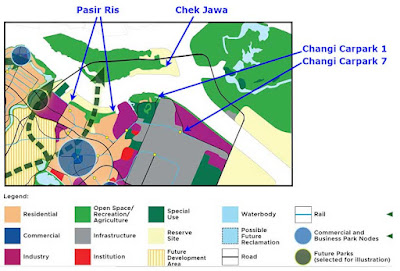How delightful to come across lots and lots of sea stars! The seagrasses also seem to be doing well in the less disturbed parts of the shore.
Most of the shore was soft and sandy with coarse sand. On these areas, there was not much seagrasses or animals. But there were still some parts of the shore which was soft and silty, as on our last survey in May 2021. Here, there were many sea stars! I saw 4 large Knobbly sea stars and 1 medium sized one. Also 3 Spiny sea stars from large to small. A small Cake sea star and one Red scaly sea star - we have recently started to see this more often on our Northern surveys. We didn't see any Painted sand stars or Plain sand stars.
I was so glad to see many Biscuit sea stars. From large ones, to medium ones to tiny ones. Wherever there was good seagrass cover, there they were! To celebrate this, I have made this collage just of Biscuits - they pretty on the underside too. These previously super common sea stars had gone 'missing' on many of our northern shores in recent years. We are starting to see them again.
The most abundant anemone remains Haddon's carpet anemones. I also saw some Big hermit hitching anemones, one was stuck to a live Noble volute. I did not see the Brown peachia, which was described from Singapore. But there were some Tiger anemones, named after our beloved Prof Daphne Fautin. I didn't see any cerianthids and only saw 2 Spiky sea pens. There were many crabs large and small, lively Orange-striped hermit crabs, large clams as Window pane clams. I only saw a few Pink warty sea cucumbers and Ball sea cucumbers, mostly washed up on the water line. There was no sign of clam invasions on the shore.
On legs of a jetty nearby, we saw fewer animals than on our last survey in May 2021. There were still some sprinkles of the usual sponges, ascidians and hydroids. But I didn't see the Burgundy anemone which was still there on our last survey and which I first saw it in Sep 2018. There were no sea fans or feather stars or flowery soft corals. I only saw one small sea fan on another part of the shore and Kelvin spotted a tiny Ball flowery soft coral uprooted and rolling in the waves. Kelvin spotted a special cowrie, probably the Graceful cowrie, and there were many of the common cowries plus one Milliaris cowries. As on our last survey, we see any Onyx cowries. The seagrasses were lush here and there were many large Biscuit stars here too.
On legs of a jetty nearby, we saw fewer animals than on our last survey in May 2021. There were still some sprinkles of the usual sponges, ascidians and hydroids. But I didn't see the Burgundy anemone which was still there on our last survey and which I first saw it in Sep 2018. There were no sea fans or feather stars or flowery soft corals. I only saw one small sea fan on another part of the shore and Kelvin spotted a tiny Ball flowery soft coral uprooted and rolling in the waves. Kelvin spotted a special cowrie, probably the Graceful cowrie, and there were many of the common cowries plus one Milliaris cowries. As on our last survey, we see any Onyx cowries. The seagrasses were lush here and there were many large Biscuit stars here too.
In the more undisturbed part of the shore, there were patches of healthy looking Fern seagrass (which is only common in our Northern shores like Changi, Chek Jawa and Pulau Sekudu. There were also lush Needle seagrass (narrow leaves) and Spoon seagrass (big leaves). Elsewhere, there were sprinkles of Spoon seagrass with small leaves.
The seawalls along the entire shoreline from the SAF Ferry Terminal to Carpark 3 were being repaired most of last year. Beyond the granite seawall, there is now a stretch of huge bags forming a wall. It is no longer possible to access this shore without climbing seawalls, or walking a long distance to where this is easier access.From Singapore Port Marine Notice No. 08 of 2024, in Feb-Aug 2024, works were done to repair revetment and spalling concrete at this stretch of beach off Carpark 3.
Similar work was done at the SAF Jetty.
What is the fate of these shores?
In 2013, the plans were to reclaim all of Pasir Ris, all of Changi from Carpark 1 to Carpark 7 and beyond, and reclaim Chek Jawa and Pulau Sekudu. These appear to remain in place in the Long-Term Plan Review. Including plans for a road link that starts at Pasir Ris, crosses to Pulau Ubin, right across Chek Jawa to Pulau Tekong, and back to the mainland at Changi East.
In Jul 2025, it was announced that adjustments were made to protect seagrasses at Changi from Carpark 6 to 7, in a planned 193ha reclamation to develop an aviation park. The original reclamation outlined in the Long-Term Plan, was cut by nearly one-fifth, or 45ha. This adjustment will benefit a seagrass area of about 34ha. But a study found seagrasses off the north of Changi Beach Park, Changi Golf Club and Chek Jawa Wetlands are expected to suffer from a “slight negative impact”, even if measures to blunt the reclamation’s impact are adopted. Corals within the project’s footprint and a surrounding buffer area will be transplanted elsewhere before development works begin. No timeline was given for the reclamation.
See Changi shores for yourself!
They are easy to get to, and enjoyed by many people. It remains rich in marine life. More details in "Changi - an easy intertidal adventure for the family".












